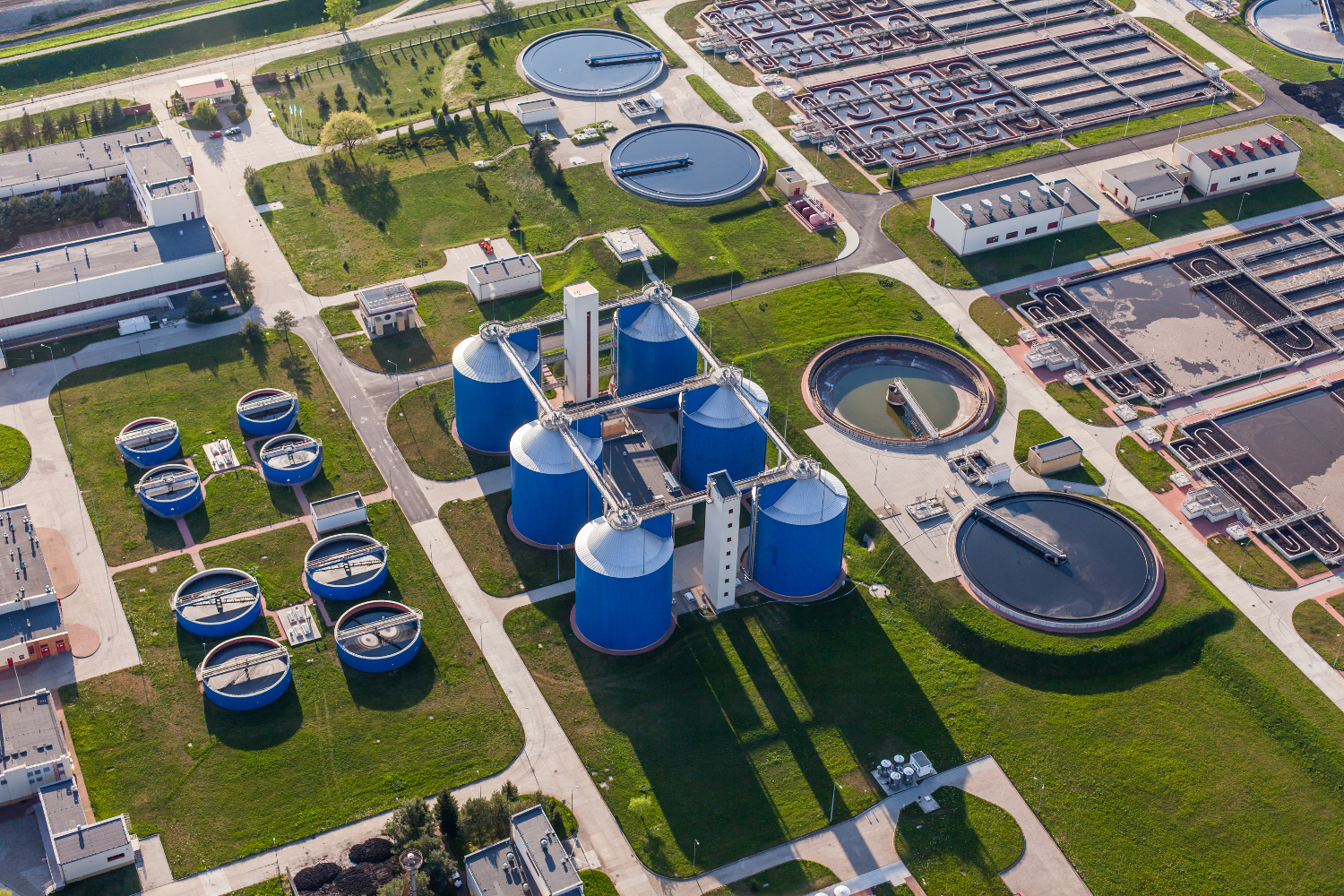The SiO2 saturator is a chemical physical treatment that allows to remove silica and carbonates present in the water, using chemical additives.
High concentrations of these compounds prejudice the proper operation of filtration systems on membrane, such as osmosis and nanofiltration, because they precipitate during the process damaging membranes and reducing their life expectancy, or impose lower recoveries of these systems.
The saturator is based on the additives’ dosage, commonly called “reagents”, that in particular conditions of pH, react with the pollutants, making them insoluble and favoring their separation by precipitation.
In this process, ferric chloride, dolomite and lime are the used chemicals. For each one, they are supplied a dosing pump and a tank with slow agitator to maintain the reagent homogeneous and in solution.
The pH regulation takes place in automatic mode through the acid dosing, controlled by a pH-meter with an alarm signal.
The reaction between the reagents and water to be treated takes place in tanks equipped with slow agitator with blades, to encourage the collision of particles and simultaneously to preserve the formed flakes.
The separation of the insoluble compound is obtained in the sedimentation tank, where the chemical sludge is collected on the inclinated bottom of tank, while the clarified water comes out through top overflow.
To reduce the required area of the settler, generally a lamella clarifier is used.
It is necessary to consider that the use of chemical reagents involves an increase of the operating costs for the purchase of chemicals and an increase of danger in their handling/storage, but advantages, that can be obtained on the next process of nanofiltration, are greater.
